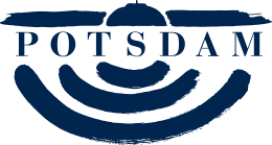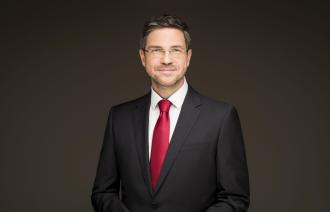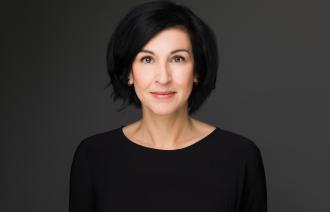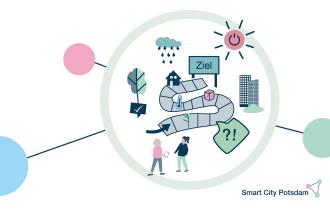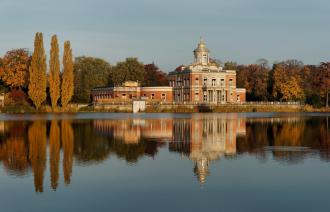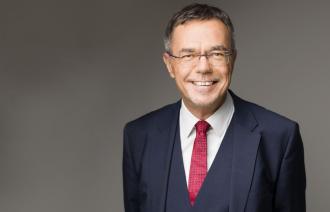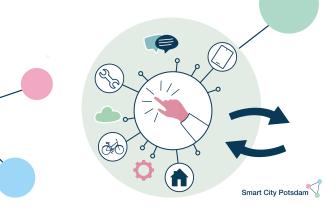LoRaWAN
Long Range Wide Area Network (LoRaWAN) is a wireless technology used worldwide for data transmission in the Internet of Things (IoT) environment – a connected world of smart devices. The technology is …Source: smartcity.potsdam.de
Lord Mayor Mike Schubert
Mike Schubert has been Lord Mayor of the state capital of Potsdam since 28 November 2018. He is a member of the SPD and was born on 3 February 1973 in Schwedt/Oder. Read his biography here.Source: www.potsdam.de
Lord Mayor Noosha Aubel
Since October 24, 2025, Noosha Aubel has been serving as the Lord Mayor of the State Capital Potsdam. She is non-partisan and had previously served as Deputy Mayor of the city from 2017 to 2023.Source: www.potsdam.de
Making the urban climate tangible
The sub-project focuses specifically on the topic of 'Digitalisation and climate protection' and is being developed for public relations and information dissemination purposes. The aim is to explain …Source: smartcity.potsdam.de
Marble Palace
The Marble Palace was built starting in 1787 for Frederick William II in accordance with the plans of Carl of Gontard. The interior finish with its early classicistic furnishings was completed long after the king’s death (1797) in 1845.Source: www.potsdam.de
Mayor Burkhard Exner
Burkhard Exner has been Mayor of the state capital Potsdam since January 1, 2006, and has been the Deputy for Finance, Investments, and Controlling since January 1, 2019. From June 2 to October 23, 2025, Mr. Exner represented the Lord Mayor of the state capital, Potsdam. He was born on March 23, 1958, and is a member of the SPD.Source: www.potsdam.de
Memorial and Encounter Site Leistikowstraße Potsdam
At Leistikowstraße 1, from 1945 to 1980, was the central interrogation prison of the Soviet military counterintelligence. The history of the building and the fates of the prisoners are the focus of the exhibition.
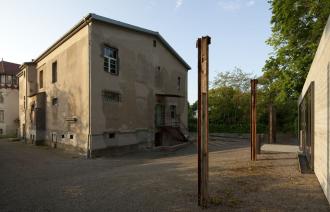
Memorial and Meeting Place Leistikowstraße Potsdam (© Friedemann Steinhausen)
Contact
Gedenk- und Begegnungsstätte Leistikowstraße PotsdamSource: www.potsdam.de
MiLA platform for renting, borrowing and trying out
MiLA brings together people from the neighbourhood who share common interests or needs. The platform allows residents to book spaces for meetings or events or find offers in the neighbourhood, thereby …Source: smartcity.potsdam.de
Museum Alexandrowka
The Alexandrowka Museum offers an insight into the small yet multifaceted world of the Russian colony Alexandrowka in Potsdam, which is a UNESCO World Heritage site.
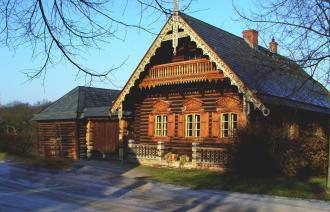
Museum Alexandrowka
Source: www.potsdam.de
Museum Barberini
The Museum Barberini showcases the extensive collection of Impressionist and Post-Impressionist paintings assembled by its founder, Hasso Plattner, including masterpieces by Claude Monet, Pierre-Auguste Renoir, and Paul Signac.

Front View of Museum Barberini
